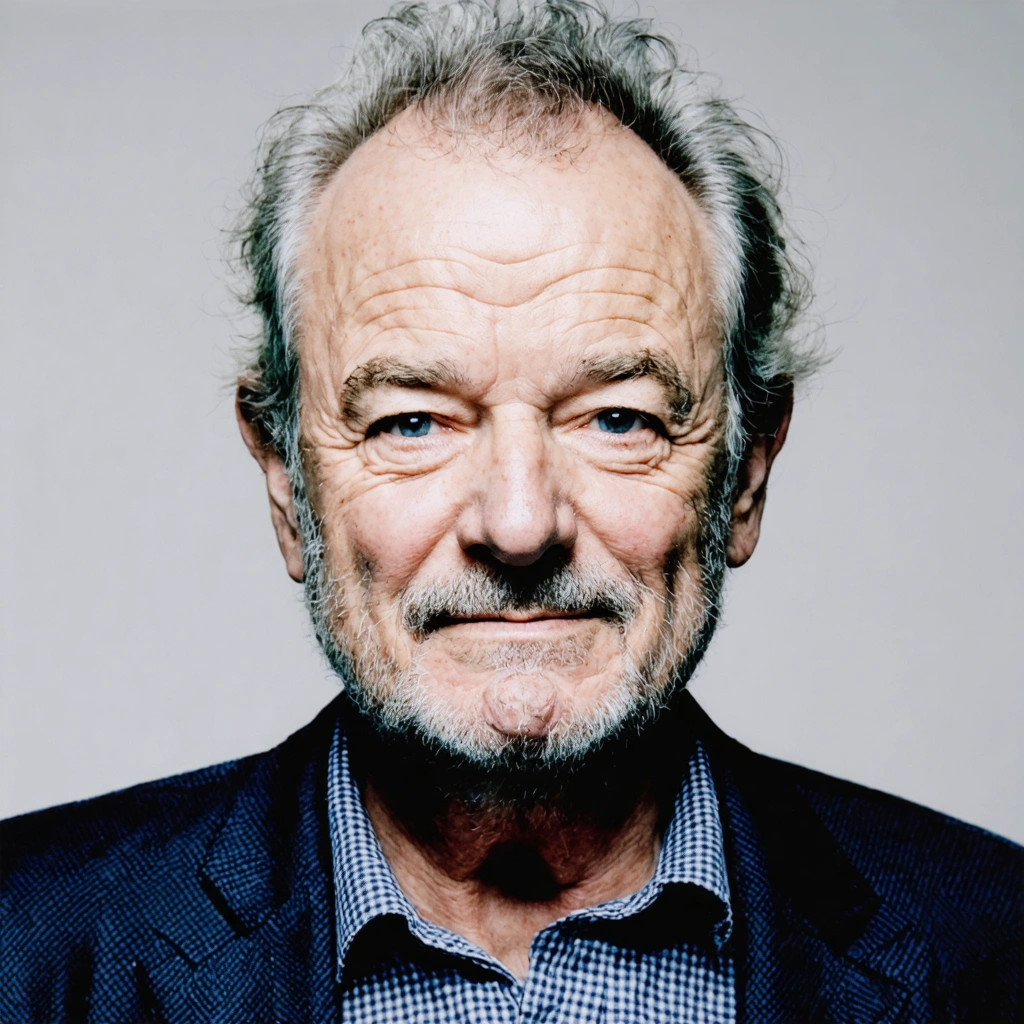
A Glimpse into a Lost Opportunity
Bill Murray recently opened up about one of his most personal regrets, and he expressed deep sorrow over not working with the Hollywood legend Clint Eastwood during the 1980s. Murray stated his heart still aches with the thought of what could have been if destiny had woven their paths together. Moreover, Murray described the missed collaboration as a turning point that might have redefined his career. He often reflected on his journey with a sense of wistfulness and wonder. Furthermore, he revealed that the spark between his comedic approach and Eastwood’s dramatic seriousness could have created magic on the silver screen.
The 1980s: A Decade of Bold Choices
In the tumultuous era of the 1980s, many stars pushed boundaries and experimented with new genres. Murray reminisced about this period with fondness and regret, stating that he had opportunities that he later realized might have set a new course for his professional narrative. He recalled conversations with colleagues who later worked with Eastwood and noted that he always hoped for a chance to lead a project that merged humor with gritty, dramatic storytelling. Additionally, Murray mentioned that his creative spirit yearned to learn and evolve, ultimately longing for that unique collaboration.
Exploring the Dynamics of Two Icons
Moreover, Bill Murray detailed how his career evolved in unexpected directions, while Eastwood continued to set the standard for timeless cinema. Interestingly, the combination of Murray’s wit and Eastwood’s iconic presence promised an intriguing fusion of genres. Murray remarked, “Every time I watch one of his films, I think how different my path might have been if I had joined him on set.” This recollection inspires both fans and critics who eagerly debate the potential of that lost venture. Furthermore, Murray expressed sincere admiration for Eastwood’s poetic directing style and rugged on-screen persona.
Core Elements Behind the Regret
To understand Murray’s sentiment, one must explore a few core elements that contributed to his regret:
- Creative synergy that never materialized
- Missed alignment between humor and gravitas
- Stories of risk that never found a script
- The allure of contrasting personalities merging on screen
Murray emphasized that these dynamics could have led to a pioneering film experience. Consequently, he continued to ponder various “what if” scenarios, recounting each detail with honest emotion and thoughtful reflection.
Lessons from a Life in the Limelight
Bill Murray’s confession reveals more than just a lost opportunity; it unravels deeper truths about the nature of risk and artistic expression. Notably, he curated a mental list of lessons that shaped his perspective over decades. The actor enlisted experiences from different seasons of his career, which he later analyzed in interviews and memoirs. He used dialogues with peers to illustrate how even the most established talents face crossroads with irreversible choices. Moreover, he explained that such crossroads became a lesson in humility and perseverance.
Milestones That Could Have Been
Furthermore, Murray outlined potential milestones that a collaboration with Eastwood might have reached. He encapsulated this analysis in a thoughtful numbered list:
- Immense storytelling potential sparked by their unique styles
- A groundbreaking narrative blending comedy with intense drama
- New audience outreach and cultural impact across generations
- Innovative cinematic techniques that defied conventional boundaries
Each point represented an aspect of creative risk and personal vulnerability, drawing readers into the universal theme of what might have been. Moreover, Murray encouraged younger artists to embrace risk and explore uncharted creative territories.
Comparative Insights and Industry Impact
Additionally, Murray compared his life’s choices with Eastwood’s illustrious career. He assembled a table outlining the differences in their journeys, which offered readers a clear perspective:
| Aspect | Bill Murray | Clint Eastwood |
|---|---|---|
| Genre Experiments | Comedy, Drama, Absurdity | Western, Action, Gritty Drama |
| Directorial Style | Wry, Subtle, Reflective | Bold, Direct, Iconic |
| Career Milestones | Unpredictable, Humorous, Reflective | Calculated, Impactful, Historic |
This table provided a clear visual comparison that captured the essence of what many viewers perceived as a potential blend of contrasting styles. Meanwhile, industry insiders and longtime fans both discussed these differences in various panel discussions and reviews.
The Continuing Journey of an Icon
Furthermore, Murray’s ongoing career journey intertwines with the reflections on missed chances. He often recounted his formative experiences on set, where spontaneity met careful planning. Besides, he credited his peers and mentors for offering insights that influenced his decisions, thereby shaping his narrative. Moreover, Murray’s belief in taking risks played a pivotal role even when opportunities appeared distant. In every interview, he reiterated that life remains an unpredictable tapestry of choices, and every decision carries weight. Consequently, his story resonates with millions who weigh fortunes on alternate paths.
Future Prospects and Unwritten Scripts
In a fascinating twist, Murray hinted that he might still explore projects reminiscent of the lost collaboration. He teased upcoming ventures that aimed to blend unconventional humor with dramatic gravitas. Additionally, he vowed to experiment with new formats where his creative energy melds with dynamic storytelling. To summarize his insights, Murray crafted a bullet list for aspiring filmmakers:
- Embrace creative risks wholeheartedly
- Seek inspiration even from missed opportunities
- Maintain authenticity in every role
- Celebrate both achievements and regrets
Thus, Murray’s narrative serves as a beacon for those who wander the halls of creative decision-making. Indubitably, his reflections empower others to pursue innovation relentlessly, regardless of past choices.




